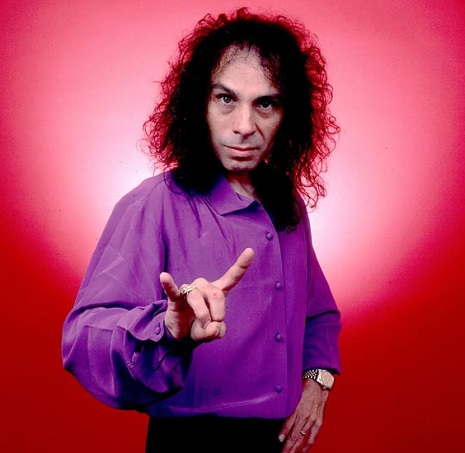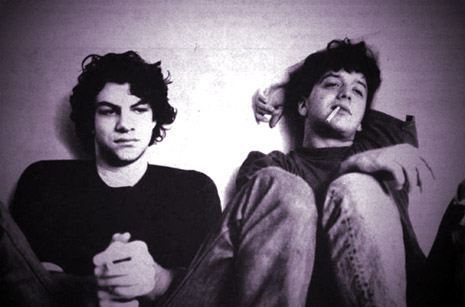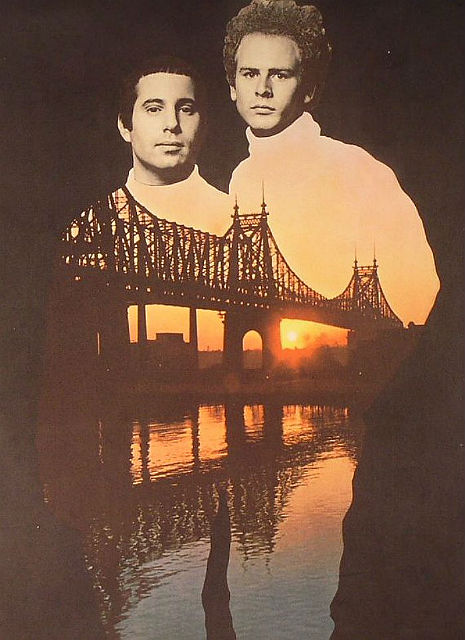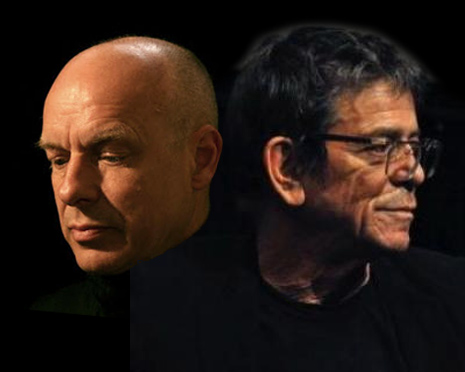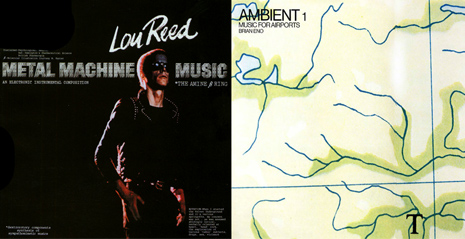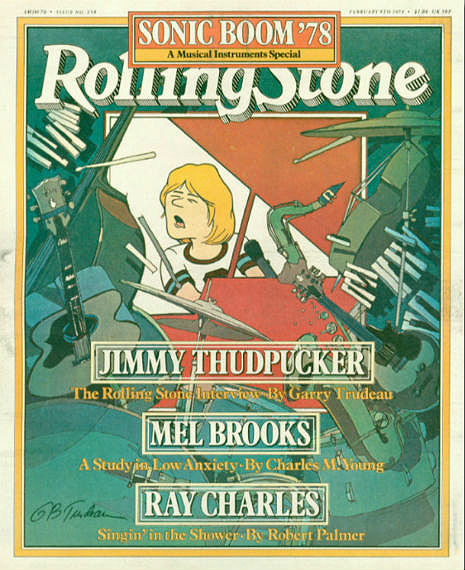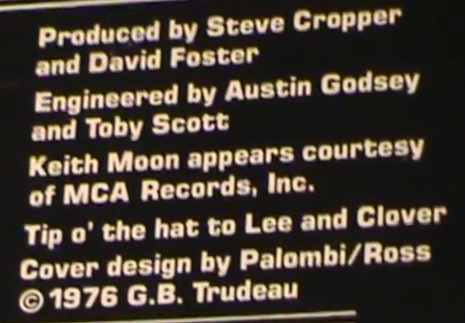
Ken Nordine’s 1966 album Colors is the perfect marriage of the beat poetic impulse and good ol’ regular American advertising. Ken Nordine was asked to produce a series of radio spots for the Fuller Paint Company, and how the heck do you promote color on the radio anyway? Nordine did 10 commercials, each playfully extolling one of the colors in the spectrum—actually it was 9 colors and an additional one for the spectrum—and, much to everyone’s surprise, people called in and asked to hear the commercials again. So an album was cut, this time with 34 colorful poems set to music.
These delightfully square light-jazz classics will instantly turn any six-year-old into a finger-snapping hepcat. If you’re putting together an mp3 mix for a party, throw in a few of these Nordine classics, they’re short and everyone will notice them.
True to the bebop impulse, according to Nordine, the music was pretty much improv’d on the spot:
A fellow by the name of Bob Pritkin, a very strange and talented man, worked at an advertising agency, called me up and wanted me to do the Fuller Paint commercials. The assignment was to take nine colors, and then one would be all colors—spectrum. From that I wrote the ten commercials, starting with “The Fuller Paint Company invites you to stare with your ears at yellow,” and then we would do yellow or blue or green. What I did was I wrote this out, and then I got a group of musicians together to depict—free form—as we were recording it. For example, “The Fuller Paint Company invites you to stare with your ears at yellow”: “In the beginning” (whatever the musicians thought “in the beginning” sounded like) “or long before that”—and it would continue as light was deciding who was going to be in or out of the spectrum—“yellow was in serious trouble.” Well, that was one. We also did another one which was a yellow canary, or a yellow lemon drop, or y’ello, can you hear me?—a lot of light-hearted things. At any rate, I wrote the ten commercials and was very pleased. They were only on the air for thirteen weeks, and then they went off. People would call up and say, “Hey—play that again,” and they couldn’t, because they were commercials. And so, they caused quite a stir. They won an International Broadcast Award, which was wonderful, you know—something to dust. Very strange to win this big award, and that was the end of it. I thought, “God, how ephemeral. That was so much fun, doing that, and now it isn’t going to be heard anymore.” So I added about thirteen more colors—we did forty-four, all told—and I went back to Universal Recording in Chicago, and did the whole series of the colors, taking out the name of the Fuller Paint Company and just doing the colors as you hear them on the record. Yellow is different, but the rest are pretty much the same as they were.
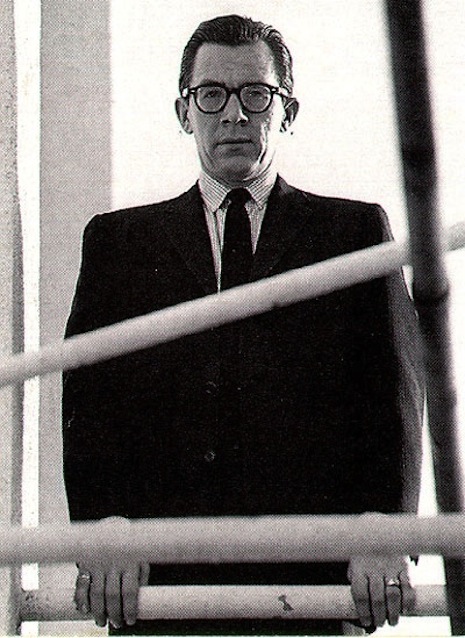
Here’s a sample lyric, from the album’s opener “Olive”:
Olive, poor thing
Sits and thinks
That it’s drab
Sure doesSits and sits and sits and sits and thinks
About it’s olive drab drab
Doesn’t know that it is about to be named
Color of the year
By those with the nose for the new
By the passionate fewYeah
Olive is definitely in
Everything that can possibly mean anything
Anywhere
At least for a year
Has got to be olive
Did you hear that, olive? Did ya?
Know what it means?Oh, olive
There’ll be olive cars
and olive trucks
and olive chickens
and olive ducks
and olive socks
and olive garters
and olive breaks
and olive startersOlive sorry
Olive please
Olive whatnots
and olive trees
Olive trees?
What a quaint notion
Olive trees
Here are the first five tracks of the album—if you want to listen to all 34 of them (almost all of them are in the 1:34 area in terms of length), then you can go here, I’m not going to clog up this page with 34 embeds.
“Olive”
“Lavender”
“Burgundy”
“Yellow”
“Green”
Here’s a cute kinetic type animation inspired by “Green”:






